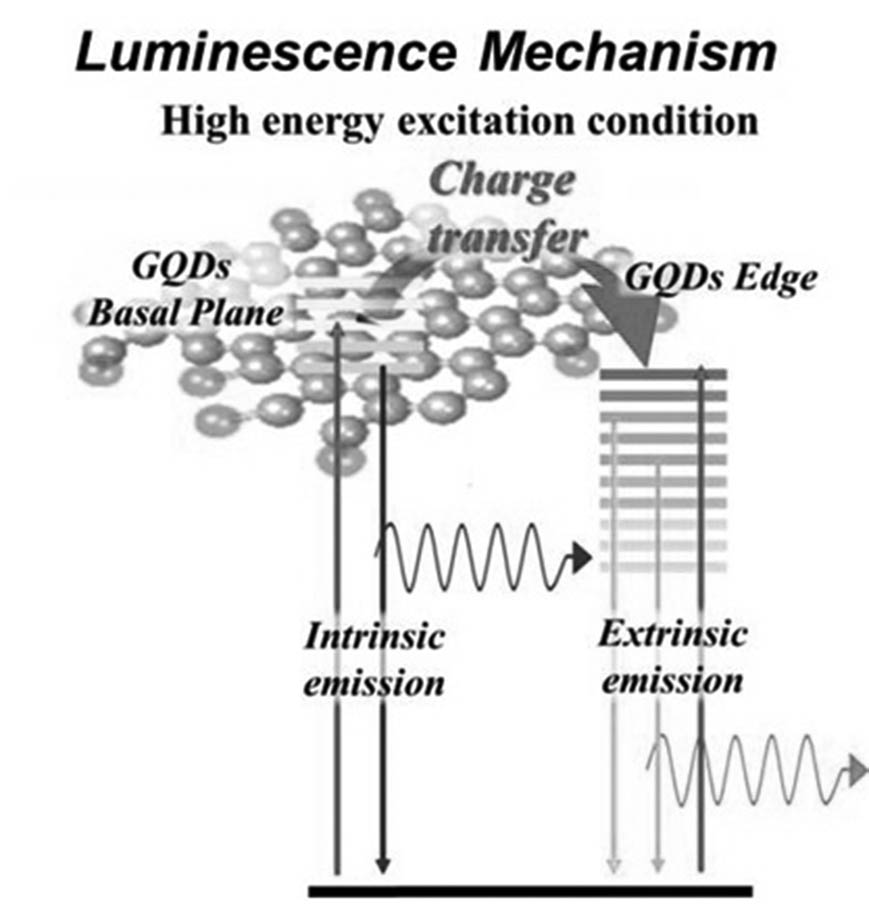A collaborative research team in KAIST developed the first graphene quantum dot display on August 28. Through cooperation among Professor Seokwoo Jeon of the Department of Materials Science, Professor Yong-Hoon Cho of the Department of Physics, and Professor Seunghyup Yoo of the Department of Electrical Engineering, a fully functional graphene quantum dot device was produced, opening the path for environmentally friendly and economic display materials.
Graphene quantum dots are nanoparticles that are less than five nanometers wide and are able to emit specific wavelengths of light under excitation. Graphene materials are environmentally friendly, as it does not contain toxic heavy metals.
The research collaborators were able to synthesize highly efficient graphene quantum dots and fabricated them in an electrical light-emitting device. A “greener” chemical reaction was achieved by reacting graphite, the precursor of graphene, to organic salts in aqueous solution.
The fabricated display device was able to achieve good light emission, brighter than conventional smartphone displays. The research team achieved a brightness of 1000 candela per square meter after having utilized the graphene quantum dot in a light emitting device architecture. Although less efficient than conventional light-emitting diodes (LED) displays, the study opens new possibilities for new cost effective and greener display technologies.



